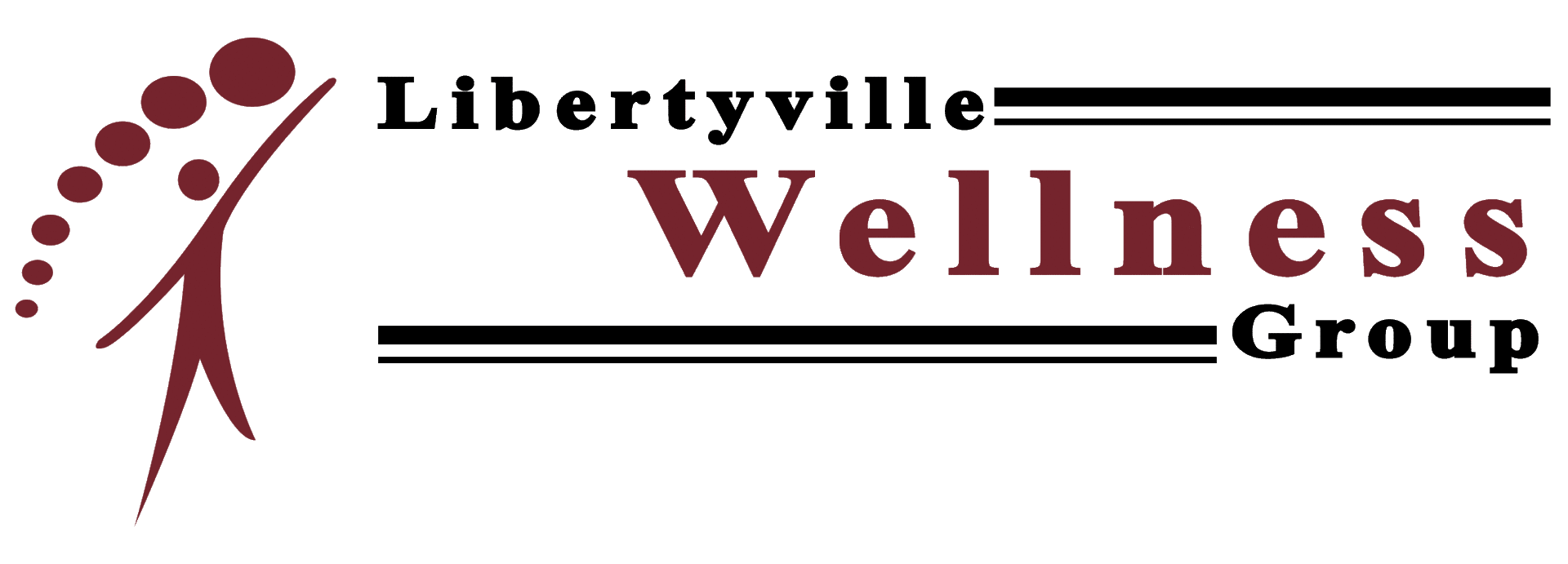If you’ve seen people walking around with strange bruises in the shape of perfect circles, they likely underwent a treatment called cupping therapy. While it may look odd, people have been using cupping for centuries to treat a variety of ailments—from migraines to poor blood circulation. If you’re interested in learning more about this unique and advantageous treatment, read on for our guide to cupping and its benefits.
What is cupping?
Cupping is an alternative, non-pharmaceutical form of therapy that involves placing cups on a patient’s skin and creating suction to enable healing and increase blood flow. While cupping has recently become more popular, the practice originated thousands of years ago in China. It was reportedly included in the Ebers Papyrus—one of the oldest medical textbooks in the world which dates back to 1,550 B.C.
Types of cupping therapy
There are two main types of cupping—dry and wet. Essentially, the only difference between the two forms is that wet cupping involves controlled medicinal bleeding as well as suction. When practicing wet cupping, the therapist will perform around three minutes of dry cupping. Then, they will remove the cup and make tiny cuts on the skin before performing a second suction. To determine which method is right for you, your practitioner will assess your medical condition and consider your preferences.
The benefits of cupping therapy
Cupping therapy boasts a variety of benefits due to its ability to increase circulation, remove toxins, and facilitate cellular repair. As such, people commonly use cupping therapy to treat back pain, muscle pain and soreness, migraines, neck and shoulder pain, and joint pain. In addition, cupping also acts as a remedy for acne, digestion issues, facial paralysis, lumbar disc herniation, and coughing.
Side effects of cupping therapy
Cupping therapy typically only incurs a few minor side effects. These may include dizziness, a small risk of infection, scarring of the skin (when receiving wet cupping), bruising, and irritated skin around the rim of the cup.
Who should get cupping therapy?
While many believe cupping therapy to be a generally safe practice, professionals do not recommend it for everyone. Patients who are under four years of age, older than 65, pregnant, or menstruating should typically avoid cupping therapy. You should also avoid cupping if you currently have sunburn, a skin ulcer, an internal organ disorder, or a wound.
Before undergoing any sort of complementary therapy such as cupping, always make sure to consult with your physician. If you determine that cupping therapy is right for you, our highly-skilled therapists at Libertyville Wellness Group can provide you with the treatment you need—whether you’re healing a sports injury or simply seeking to improve your general wellness.
In addition to cupping therapy, our therapists and chiropractors in the Grayslake area offer a range of other services such as massage therapy, acupuncture, laser liposuction, and physical therapy. To schedule an appointment, contact us today.




